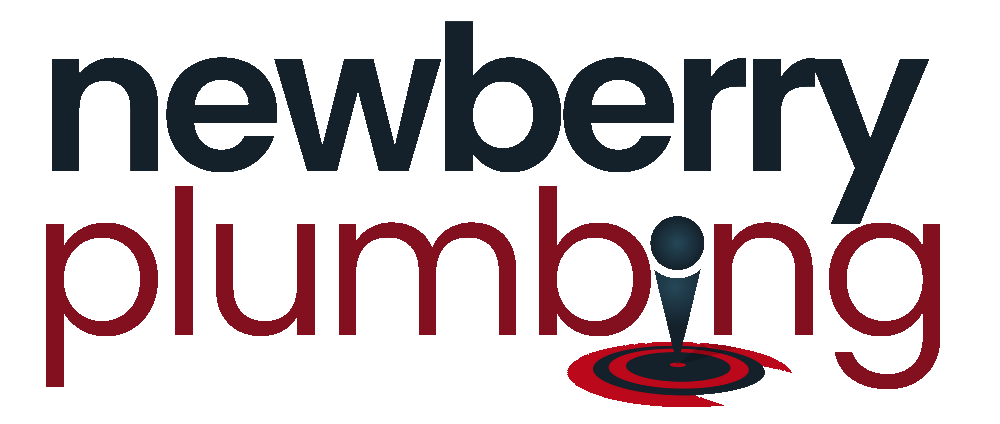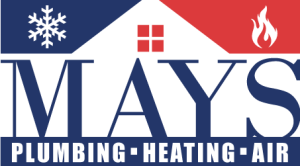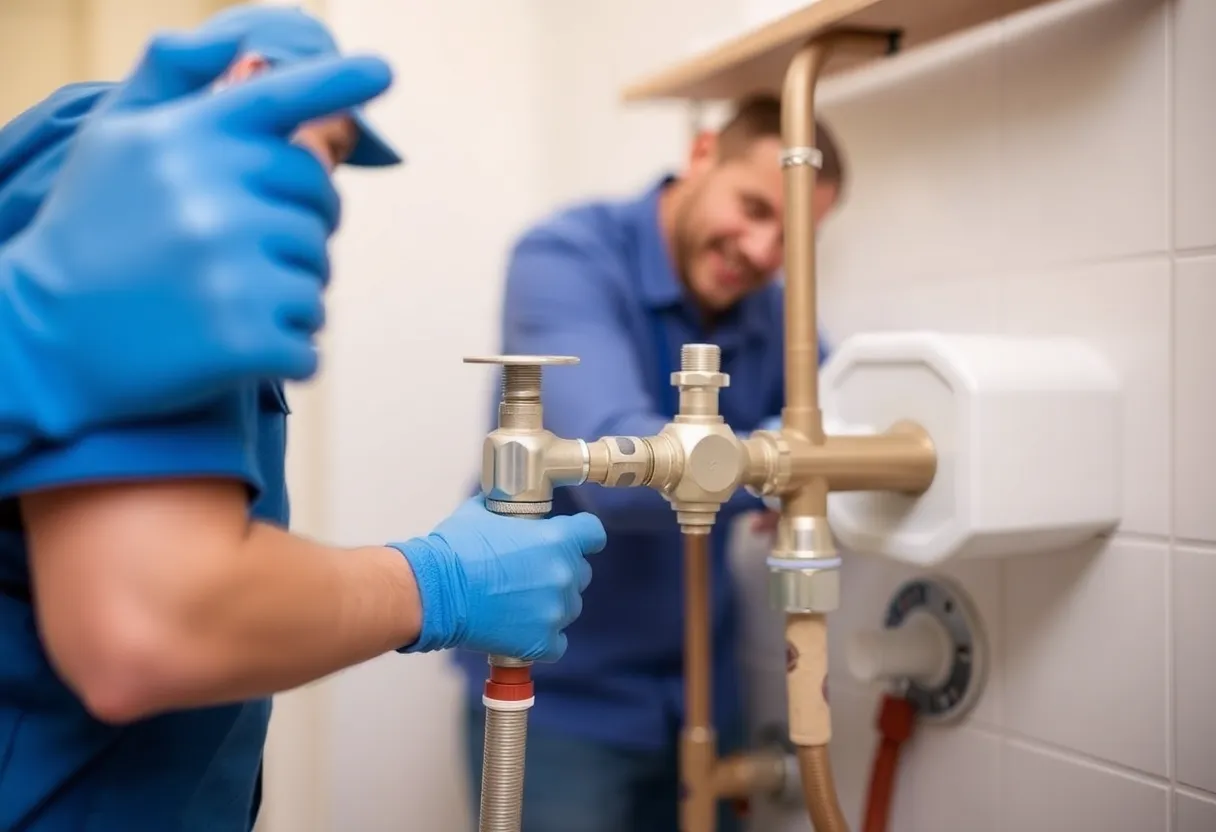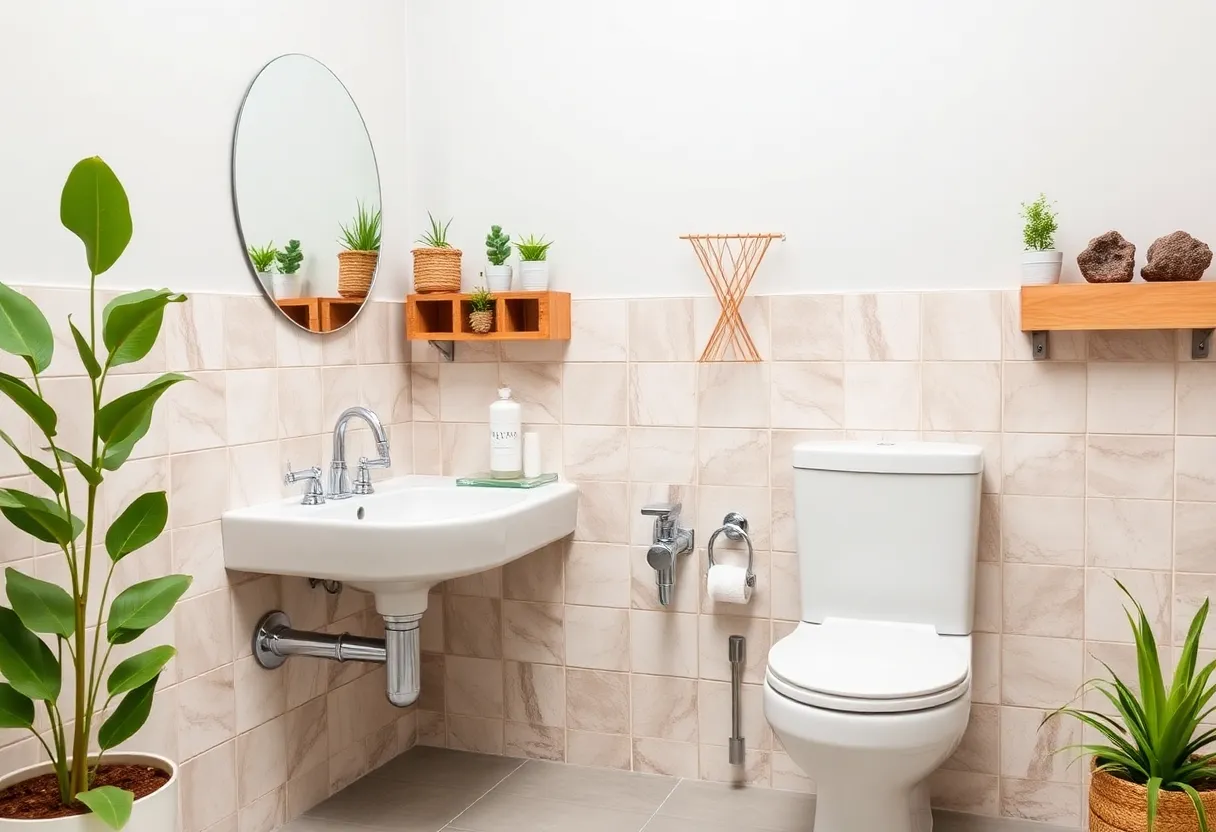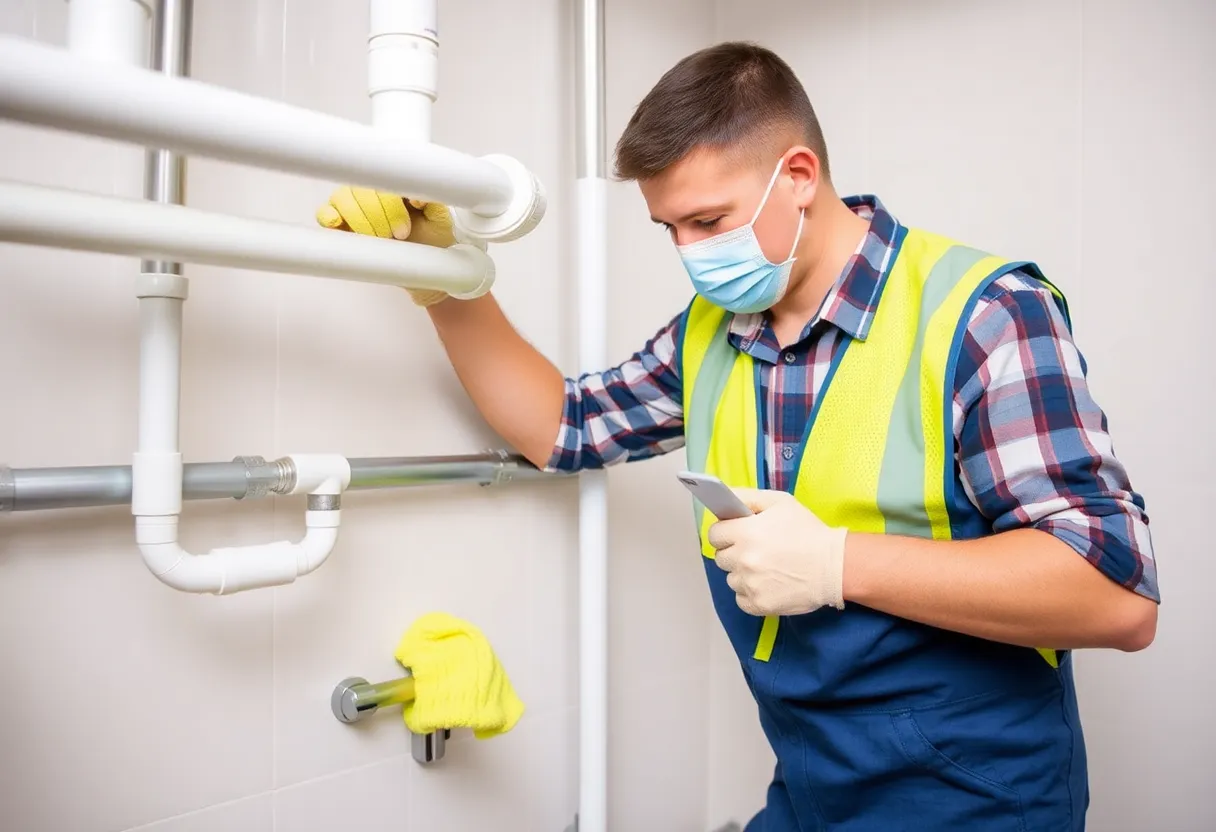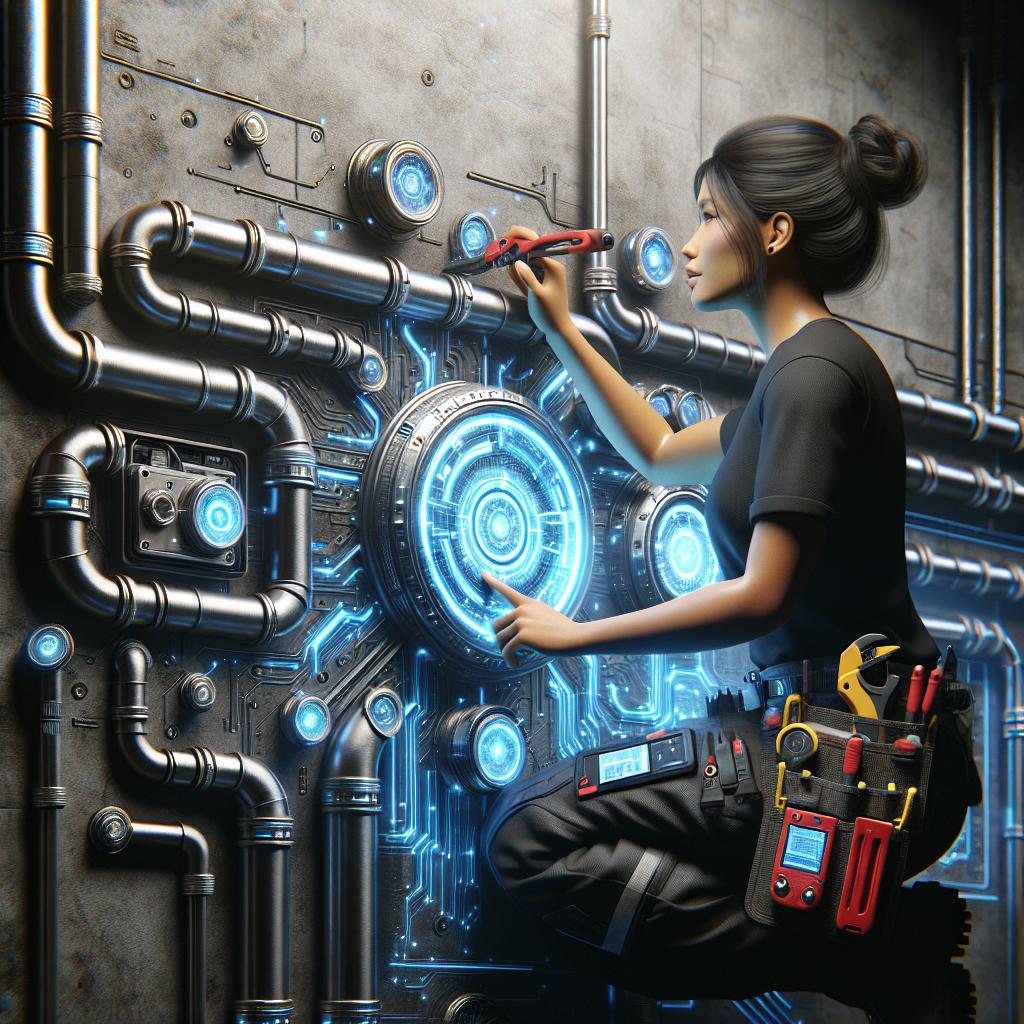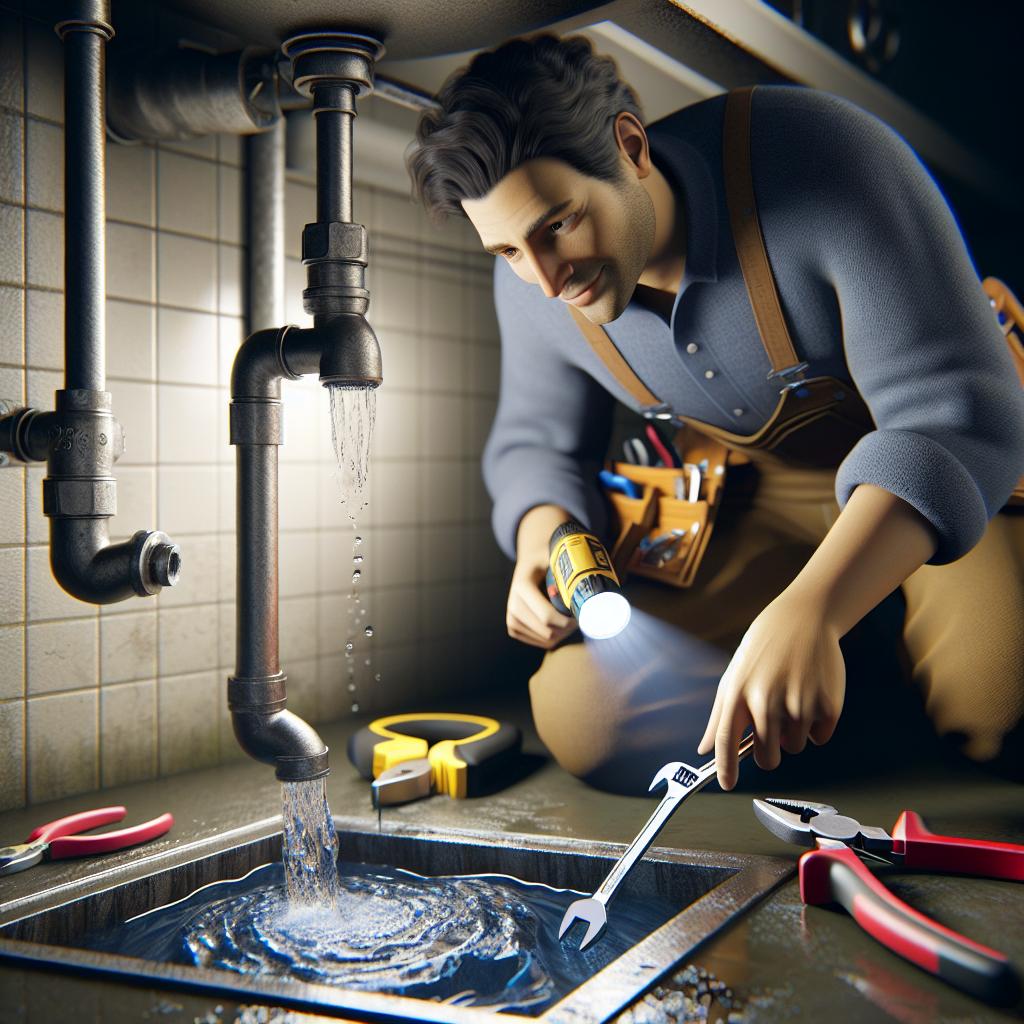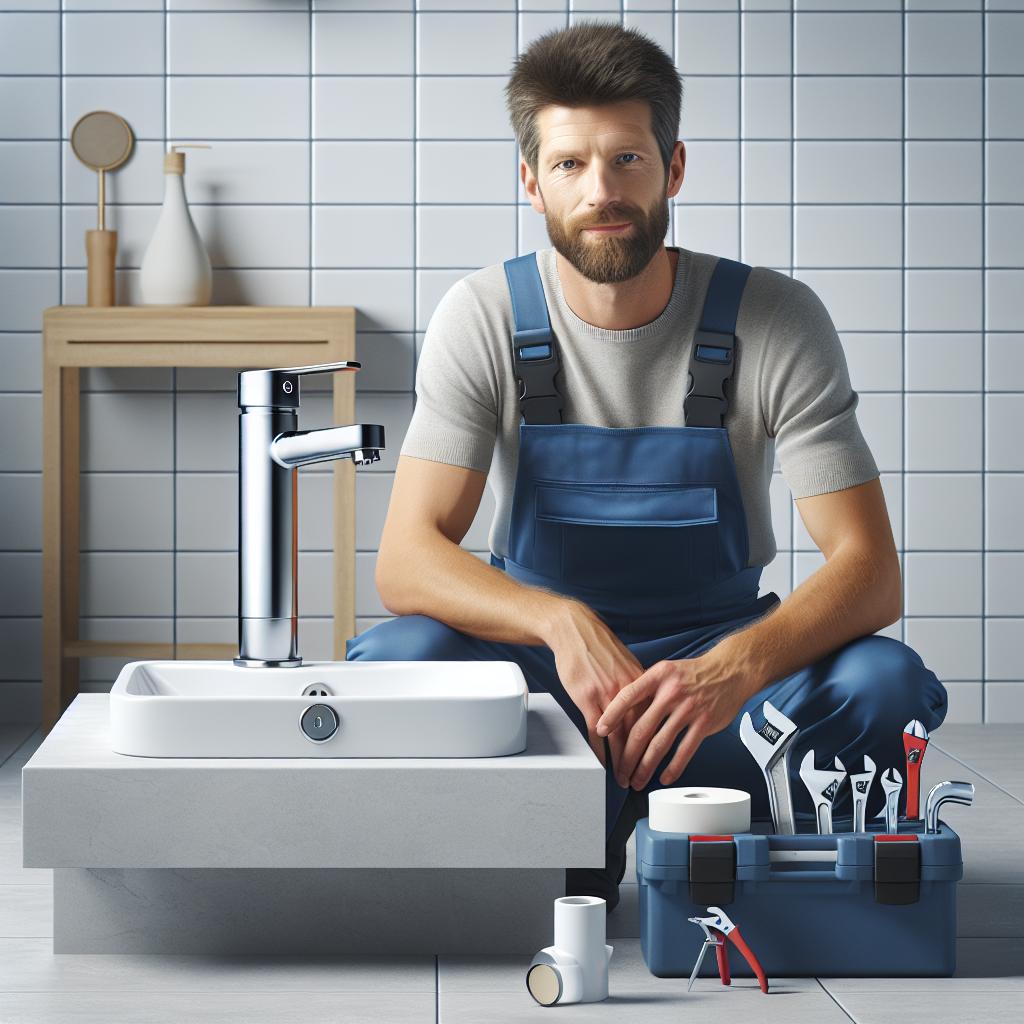The Plumbing Checklist: 10 Homeowner Hacks for Troubleshooting Common Issues Before They Escalate
Your home’s plumbing system is one of its most critical components, and many homeowners often overlook its maintenance and care. Fortunately, minor plumbing issues can often be resolved with some basic troubleshooting techniques. By following this comprehensive *plumbing checklist*, you can address common issues promptly and effectively. Below are ten invaluable hacks that every homeowner should know.
1. Understand Your Plumbing System
Before diving into troubleshooting, it’s essential to have a basic understanding of your home’s plumbing system. The plumbing system consists of supply lines bringing fresh water into your home and waste lines removing sewage. Familiarize yourself with the layout of your piping and the location of key components, such as:
- Water shut-off valves: Knowing where these are located can save you a significant amount of time in an emergency.
- Drains and vent pipes: Understanding where they are can help in identifying blockages or leaks.
By grasping the basic structure and function of your home’s plumbing, you can tackle issues more effectively when they arise.
2. Monitor Your Water Bill
Keeping an eye on your water bill is crucial for identifying potential plumbing problems early. An unexpected spike in your bill may indicate a hidden leak somewhere in your system. Here’s how you can use your water bill to your advantage:
- Check your usage: Compare your current bill to the average monthly usage over the past year.
- Look for unusual increases: If your bill suddenly increases without a change in habits, investigate further.
By monitoring your water bill, you can catch issues before they escalate into more severe problems.
3. Check for Visible Leaks
Keep an eye out for any visible leaks around your home. Common areas to inspect include:
- Under sinks: Check for dampness or water stains.
- Behind appliances: Inspect dishwashers, refrigerators, and washing machines for leaks.
- Basements and crawl spaces: Look for water pooling or damp spots.
If you spot any leaks, turning off the water supply to that area can prevent further damage, while you assess and repair the issue.
4. Clogs and Slow Drains
Clogs can quickly escalate into significant plumbing problems if not addressed right away. If you notice slow drains, try the following troubleshooting hacks:
- Use a plunger: A simple plunge can often dislodge the blockage in sinks, tubs, and toilets.
- Cleaning drains: Mix baking soda and vinegar to unclog and deodorize drains naturally, followed by hot water.
- Check for hair and debris: In sink and shower drains, remove visible hair clogs with your hands or a drain snake.
Regular drain maintenance can prevent major clogs and keep your plumbing running smoothly.
5. Flush Your Water Heater
Over time, sediment buildup can occur in your water heater, affecting its efficiency. Flushing your water heater regularly helps maintain optimal operation. Here’s how:
Step-by-Step Water Heater Flushing
- Turn off the power supply or gas to the heater.
- Close the cold water supply valve.
- Connect a garden hose to the drain valve and direct it to a suitable drainage area.
- Open the drain valve and let the water flow out until it runs clear.
- Close the valve, remove the hose, and restore the water supply. Allow the heater to refill before turning it back on.
Flushing your water heater can enhance its performance and extend its lifespan.
6. Insulate Pipes
Frozen pipes can lead to leaks and costly damage. To prevent freezing in cold weather, insulate your pipes with foam pipe insulation, especially in unheated areas like basements and attics. Here’s a quick guide to insulating your pipes:
- Identify vulnerable pipes: Look for pipes running along exterior walls or in unheated spaces.
- Apply insulation sleeves: Cut insulation sleeves to the appropriate lengths and secure them around the pipes.
By insulating your pipes, you can protect your plumbing and minimize the risk of costly repairs.
7. Test Your Toilet for Leaks
Toilets are notorious for hidden leaks that can waste significant amounts of water. To check for leaks, follow these simple steps:
- Add a few drops of food coloring into the toilet tank.
- Wait for about 15 minutes without flushing the toilet.
- If you see colored water in the bowl, this indicates a leak.
If a leak is detected, you may need to replace the toilet flapper or adjust the fill valve.
8. Know How to Use a Snake
If you encounter persistent clogs, a plumbing snake can be an effective tool for removing obstructions deep within your pipes. To use a plumbing snake:
- Insert the snake into the drain: Feed the snake into the drain until you feel resistance.
- Rotate and push: Gently rotate the handle and push forward to break up the clog.
- Retrieve the snake: After clearing the obstruction, pull the snake back out and clean it thoroughly.
Using a plumbing snake can save you from having to call in a professional for minor clogs.
9. Learn to Shut Off Your Water Supply
In the event of a plumbing emergency, knowing how to quickly shut off your water supply can prevent extensive damage. Here’s how to locate your main water shut-off valve:
- Typical locations: Look in the basement, near the water heater, or on exterior walls of your home.
- Mark it clearly: Once located, mark it, so every household member knows where it is.
Practicing how to turn it off can be invaluable during real emergencies.
10. Keep a Plumbing Toolkit Handy
Having a well-stocked plumbing toolkit can make tackling minor issues much more manageable. Here are some essential tools you should have:
- Plunger: Useful for clearing clogs in toilets and sinks.
- Pipe wrench: Ideal for tightening or loosening plumbing fittings.
- Adjustable wrench: Helpful for various plumbing tasks.
- Drain snake: An essential item for unclogging drains.
- Caulk and putty: Necessary for sealing joints and preventing leaks.
With the right tools, many common plumbing problems can be resolved with ease, saving you time and money.
Conclusion
By utilizing this *plumbing checklist*, homeowners can effectively troubleshoot common plumbing issues before they escalate into costly repairs. Understanding your plumbing system, monitoring your water bill, and taking preventative measures can save you time, expenses, and headaches in the long run.
Remember, if you encounter a problem that seems beyond your expertise, don’t hesitate to contact a professional plumber. Regular maintenance and vigilance can help you maintain a well-functioning plumbing system that protects your home and enhances your quality of life.
